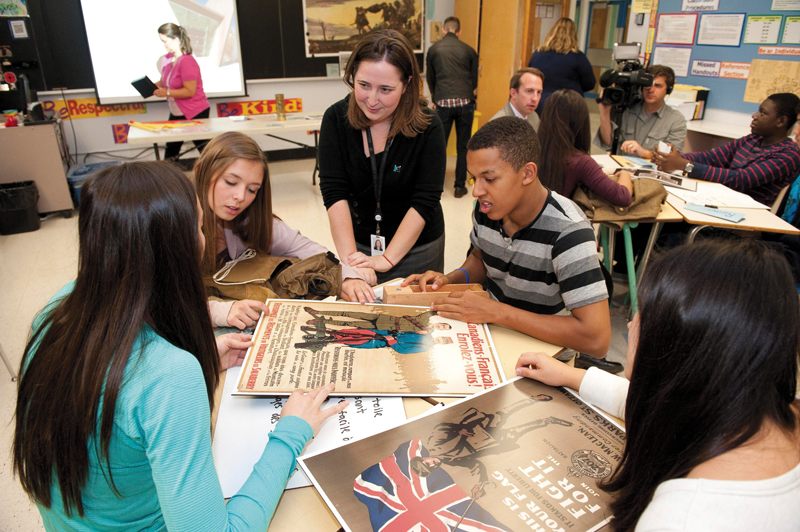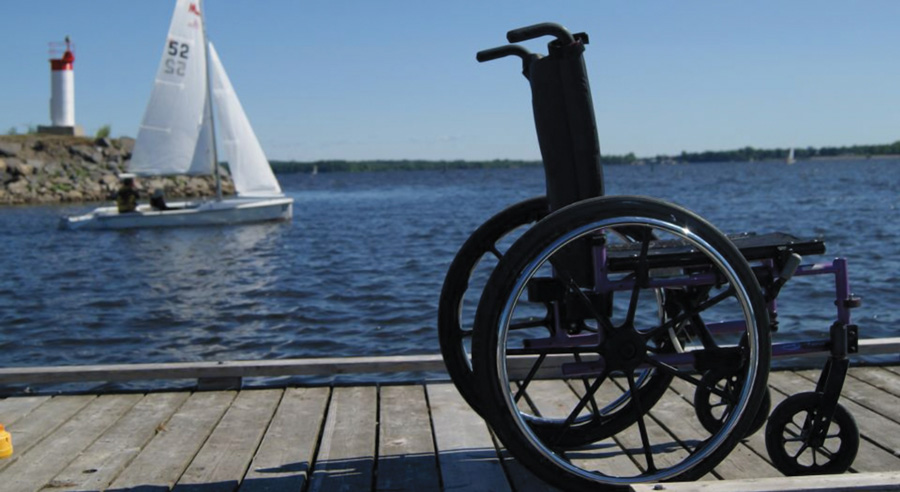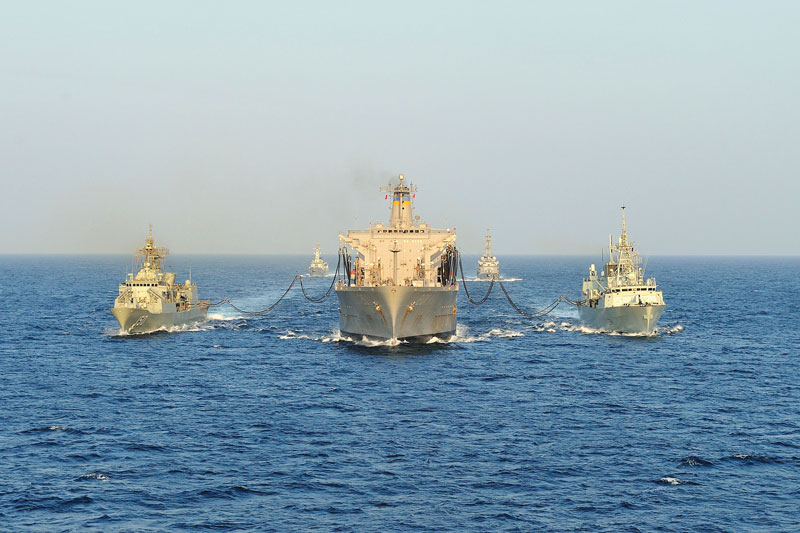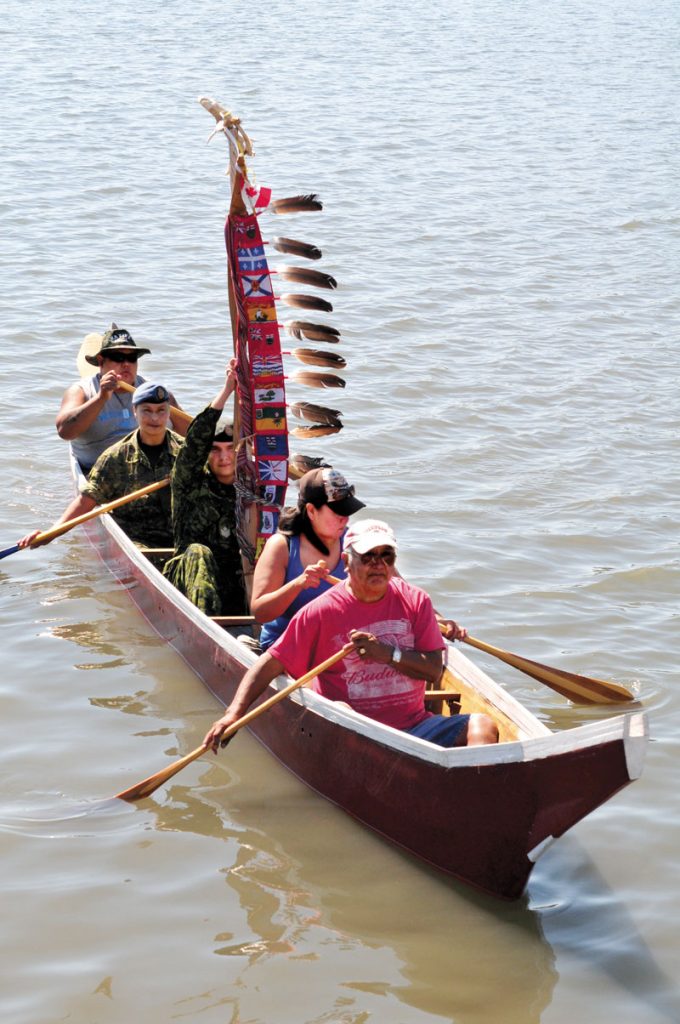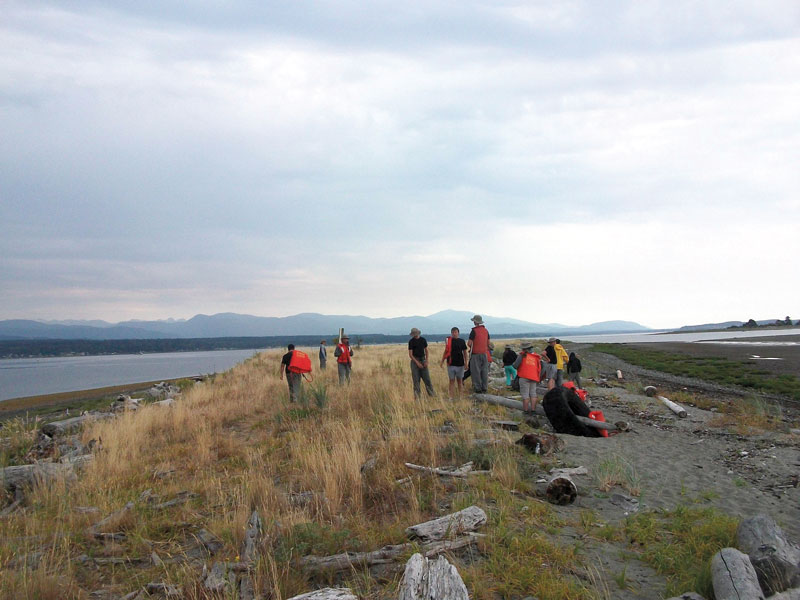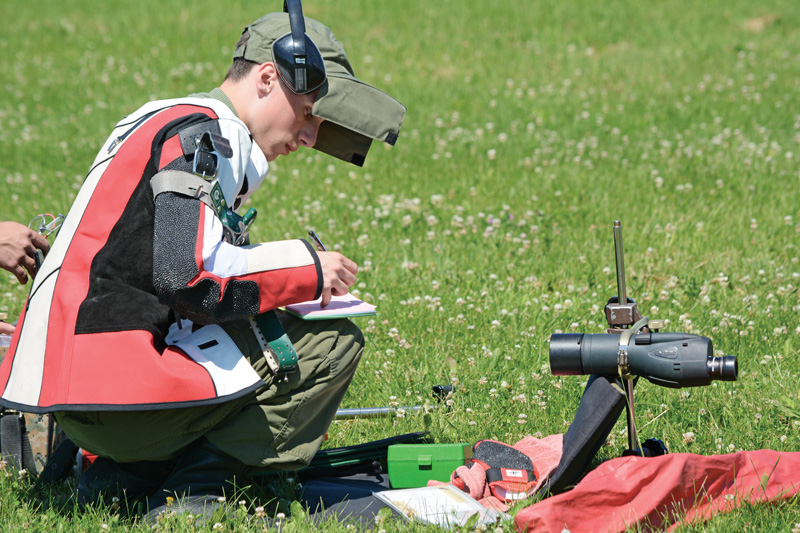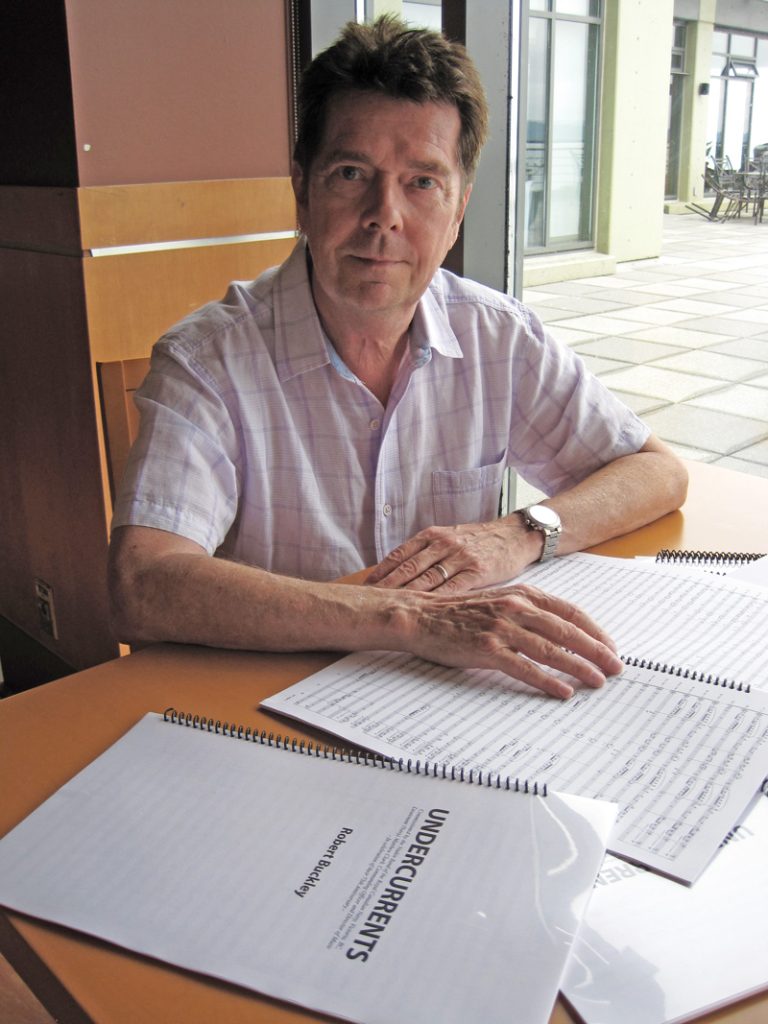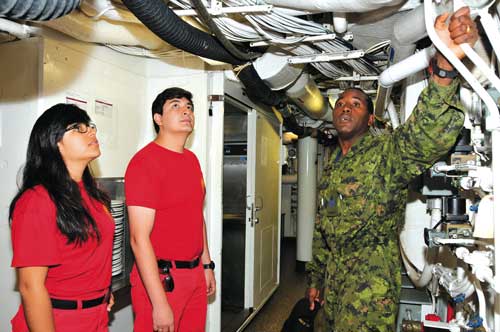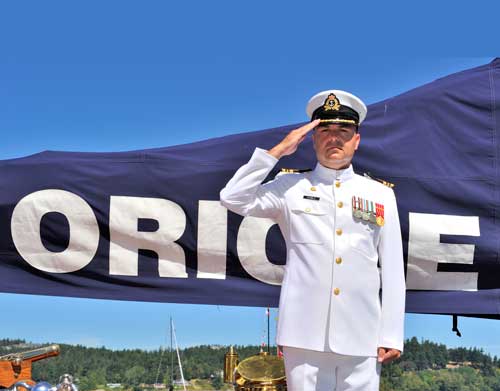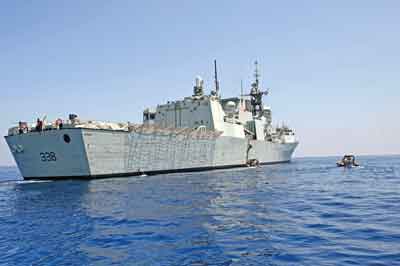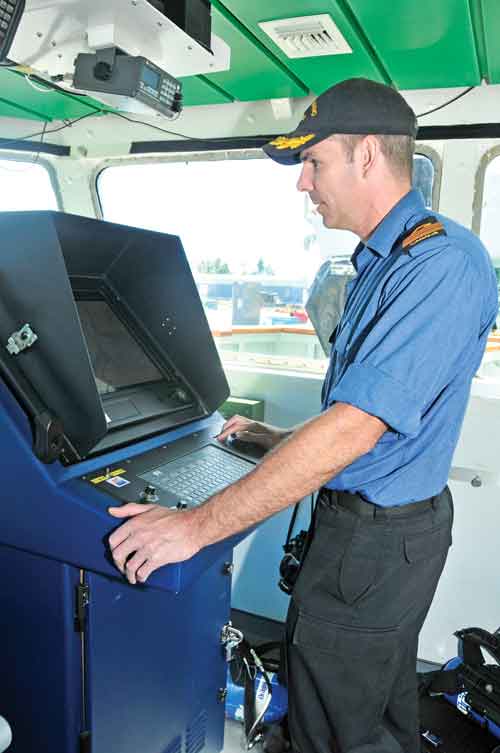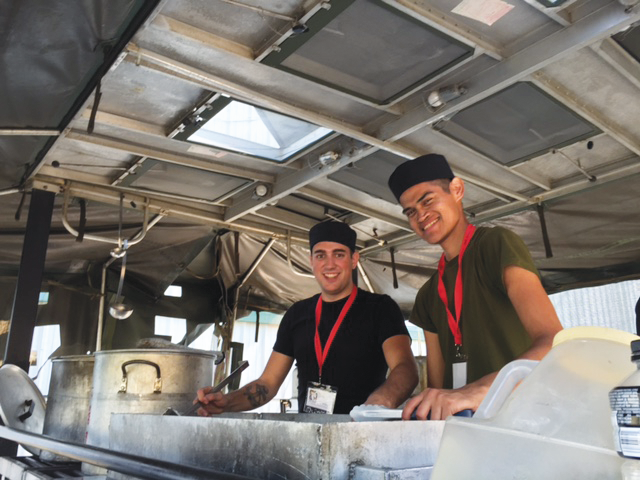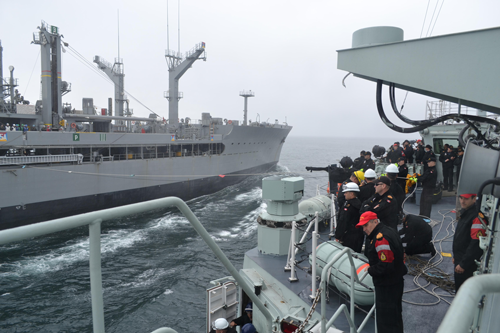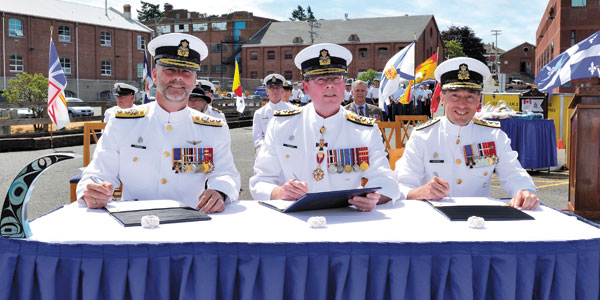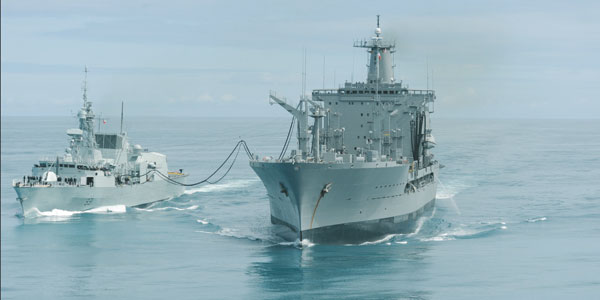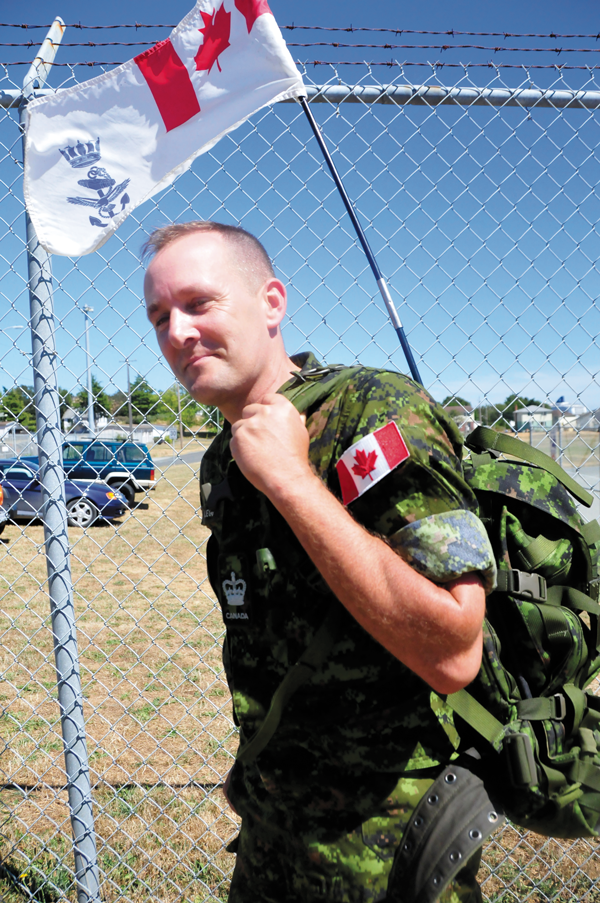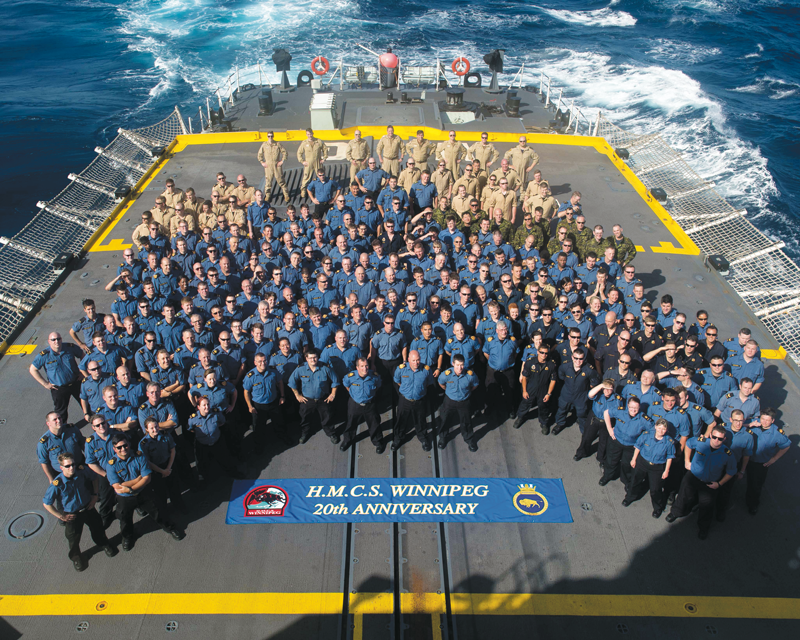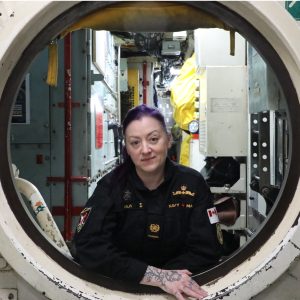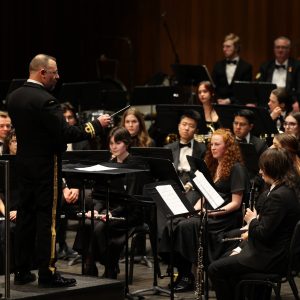Dragon Boater Darryl Draper’s neck draped in gold
One by one, the eight gold medals he won with Canada’s national dragon boat team began to weigh heavily on paddler Darryl Draper’s neck.The nine-year employee of Shop 141 at Fleet Maintenance Facility Cape Breton, and his teammates from across the nation, made the triumphant climb to the top of the podium eight times at the International Dragon Boat Federation World Championships in Welland, Ont., Aug. 19 to 23.“We dominated. We had a great team and it was just an incredible experience to be part of that,” said Draper.This year’s international championships were held at the Niagara Peninsula’s legendary Welland International Flatwater Centre, world-famous for hosting high-profile rowing regatta’s and other competitive paddling events.Draper and his teammates had the benefit of expert guidance throughout the competition from Peter Buday, son of famed Hungarian paddling coach Tamás Buday.Tamás defected to Canada in 1987 and has since led several Canadian paddlers to international and Olympic glory.“Our coach Peter had so much knowledge and insight of paddling mechanics from his father (Tamás) and really demanded the complete attention and respect of our team,” said Draper. “Everything he did made us go faster.”Team Canada had a near-flawless performance in the Senior B Mixed and Open Crew Over-50 categories, competing against teams from Australia, Great Britain, Czech Republic and the United States.There was only one minor setback for the team in an otherwise perfect weekend.Canada failed to win all but one of their heats, losing out in a photo finish to the United States in the men’s Over-50 1,000 metre heat, but they still managed to win the overall competition.“It would have been the perfect sweep, we would have been flawless but the loss motivated us not to lose again and we didn’t,” said Draper.To add to his good fortune, Draper was also one of only two competitors at the event to win a commemorative Hornet Paddle in a random draw.Draper played high school football and slow pitch baseball while growing up in Aylmer, Que;...

